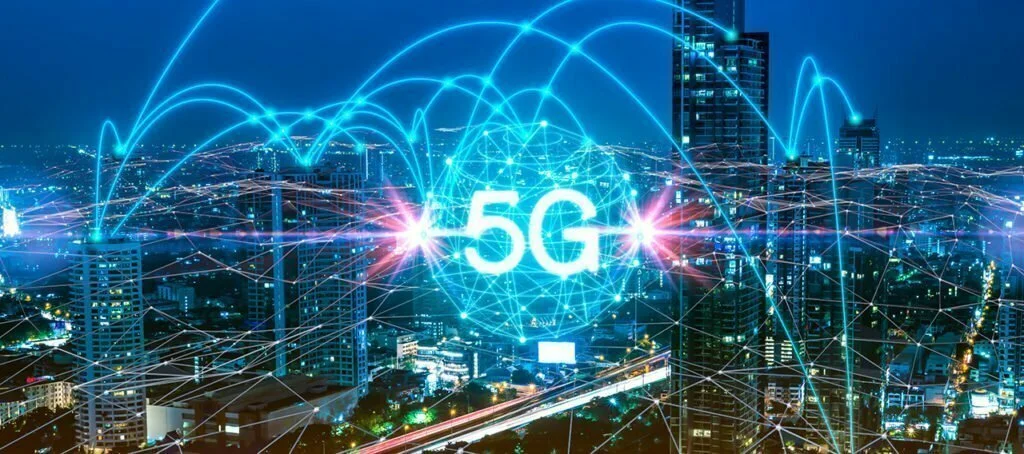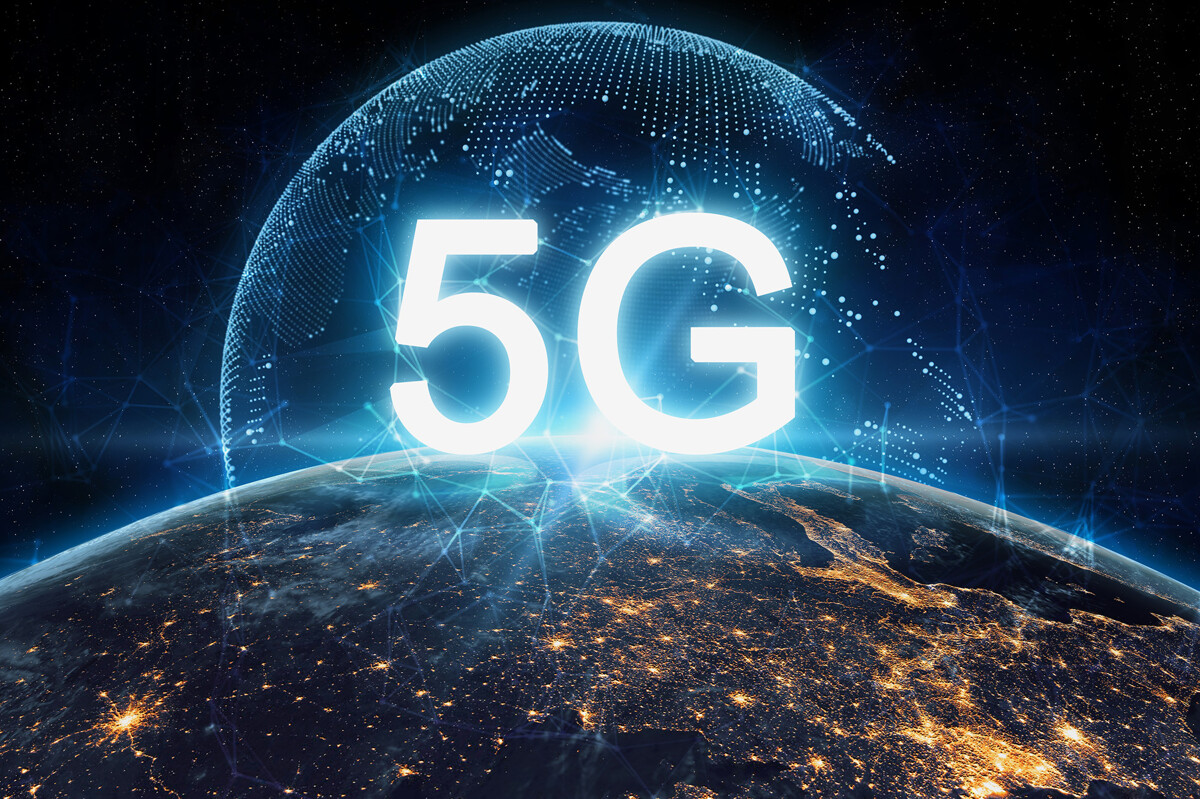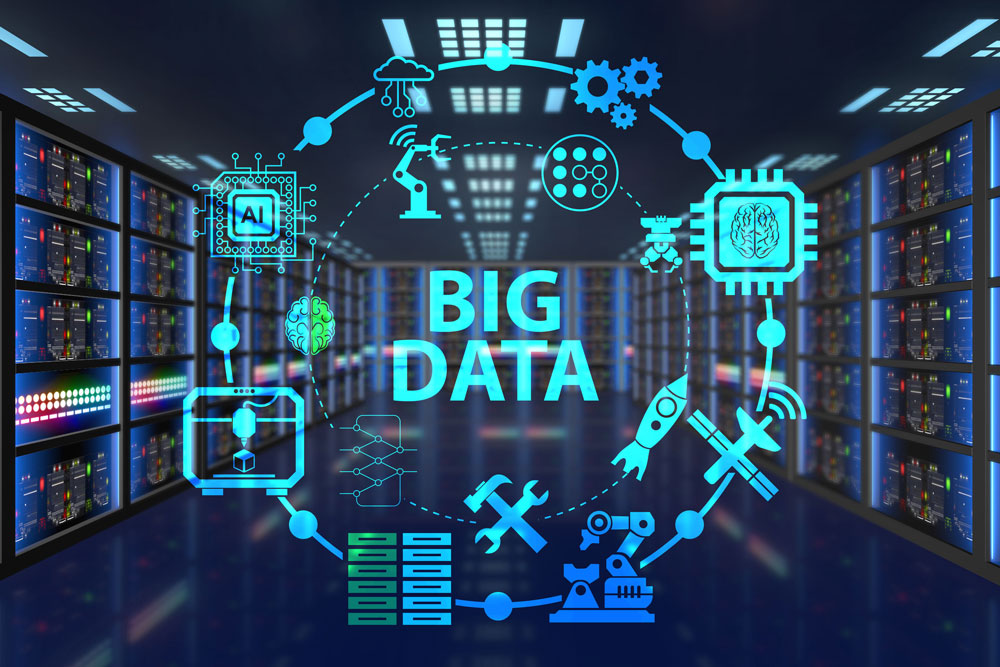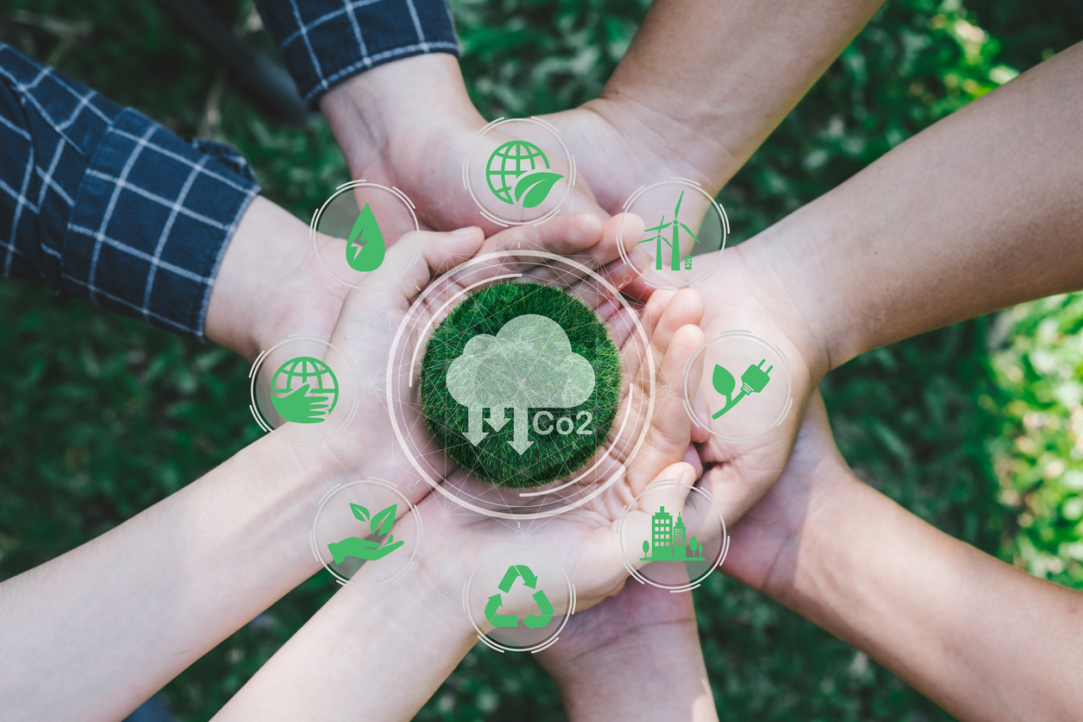The development of 5G and its impact on the future of network technologies and the Internet
Author: Артём Панов

The development of cellular communication technologies has always played a key role in transforming communication networks and creating new opportunities for users and businesses. With the transition from 1G to 4G, each generation of network technology has brought significant improvements in data speed, bandwidth, and functionality. At the moment, the world is entering the era of the fifth generation of mobile networks - 5G, which promises not only to improve existing technologies, but also to revolutionize various areas of human activity. In this article, we will look at the major achievements of 5G, its impact on the future of networking technology and the internet, and the potential challenges and opportunities it will bring.
5G Key Features
5G represents a significant step forward compared to previous generations of mobile networks. Its key features include:
- Ultra-low latency: One of the most impressive advances of 5G is the significant reduction in data latency, reaching up to 1 millisecond. This is critical for real-time applications such as virtual reality (VR), augmented reality (AR), and autonomous vehicles.
- High data transfer speeds: 5G provides data transfer speeds that can reach up to 10 Gbps, which is about 10 times faster than 4G networks.
- Increased bandwidth and connection density: 5G can support millions of devices per square kilometer, far exceeding the capabilities of 4G.
- Energy efficiency: 5G networks are designed with a focus on reducing energy consumption, which is especially important for battery-powered devices such as IoT devices and sensors.
The Impact of 5G on the Future of Networking
Development of the Internet of Things (IoT)
With 5G, mass deployment of IoT devices will become possible. The ability to connect millions of devices in real time and interact with them with minimal latency will open up new horizons for smart cities, smart homes, and industrial solutions. Sensors, automatic control systems and environmental monitoring devices will become more affordable and functional.
Autonomous vehicles
One area where 5G could have a significant impact is autonomous driving. Ultra-low latency and high data rates are essential for autonomous cars to be able to share information in real time, which is critical to the safety and efficient functioning of transport systems.
Smart Cities and Infrastructure
5G will be a key element in the creation of smart cities. This includes traffic management, lighting, security systems and power management. Real-time data collection and analysis capabilities will help improve the quality of life and make cities more sustainable and efficient.
Improving connectivity in remote areas
5G will help improve connectivity in remote and rural areas where traditional connectivity methods can be difficult and costly. This will open up new opportunities for education, healthcare and business in such regions.
The Impact of 5G on the Internet and Digital Infrastructure
What's new for apps and services
With faster data rates and lower latency, 5G will enable the development of new kinds of applications and services. This could include more sophisticated and interactive virtual and augmented reality applications, improved online games, and new forms of digital interaction.
Evolution of network architecture

The transition to 5G will require significant changes in network architecture. The emergence of new technologies, such as network slicing, will contribute to more flexible and efficient network solutions. This will allow operators to manage traffic more efficiently and provide services with different characteristics and requirements.
Cybersecurity
With the increase in the number of connected devices and the amount of data transferred, cybersecurity issues will become even more relevant. 5G will require new approaches to protecting data and networks to prevent potential threats and keep users safe.
Potential Challenges
Despite all the advantages, the introduction of 5G is associated with a number of challenges:
High deployment costs
Deploying 5G infrastructure requires significant investments in equipment and technology. This can be an obstacle for some operators and countries, especially in the context of economic crises.
Compatibility and interference issues
5G networks use different frequency bands, which can cause compatibility and interference issues. New standards and solutions will need to be developed to ensure the smooth operation of networks.
Health and environmental concerns
Some studies and community groups have expressed concerns about the potential health and environmental impacts of 5G radio waves. Despite the lack of proven negative effects, safety issues remain important and require further study.
Conclusion
5G represents a significant step forward in the development of network technology and the Internet. Its capabilities to improve data transfer speeds, reduce latency, and support a huge number of connected devices will open up new horizons for various industries and users. However, successfully implementing these capabilities will require overcoming a number of infrastructure, security, and interoperability challenges. Ultimately, 5G has the potential to become the basis for the further development of the digital world and the creation of new forms of interaction and technologies.
Popular Articles

